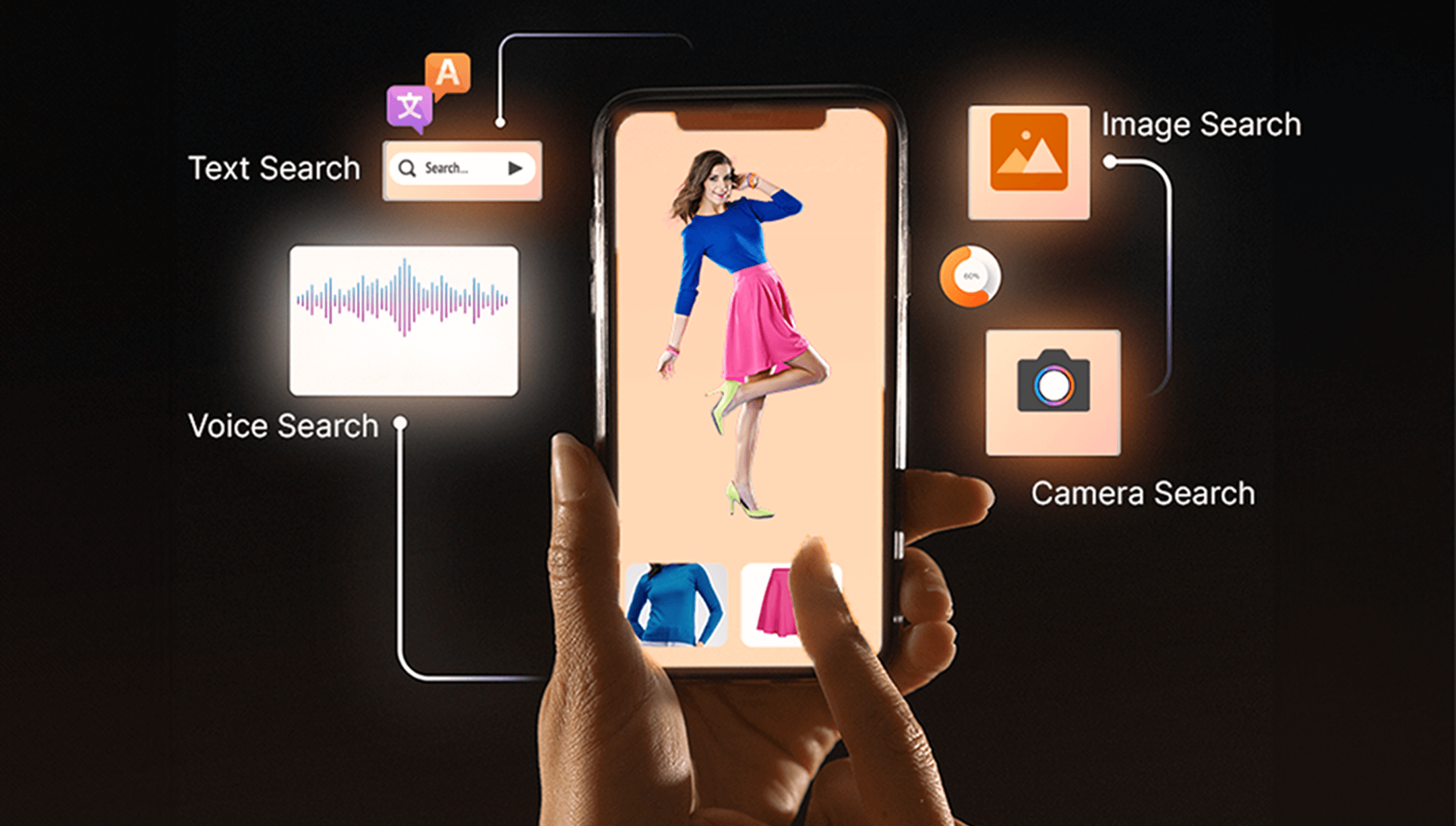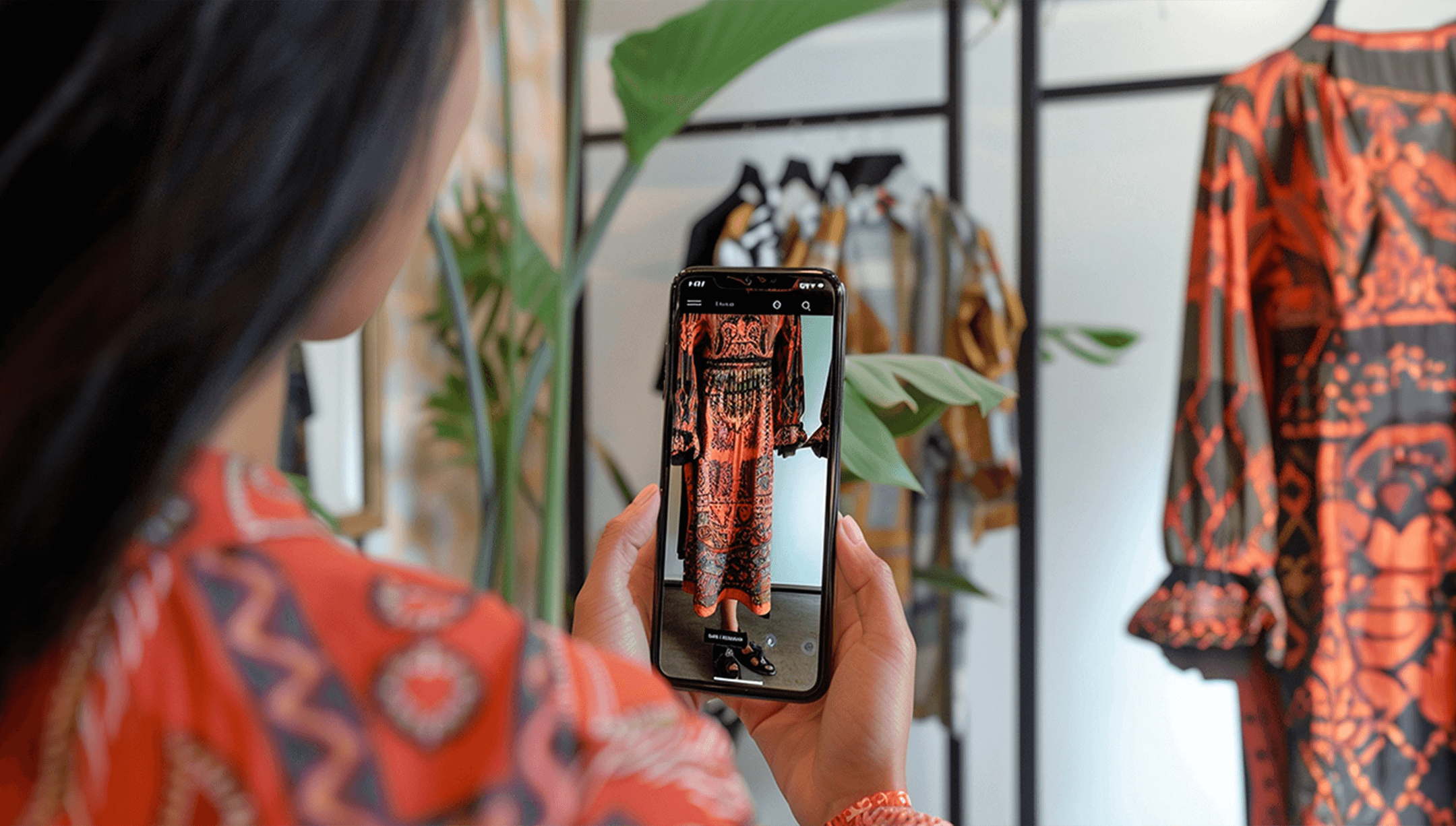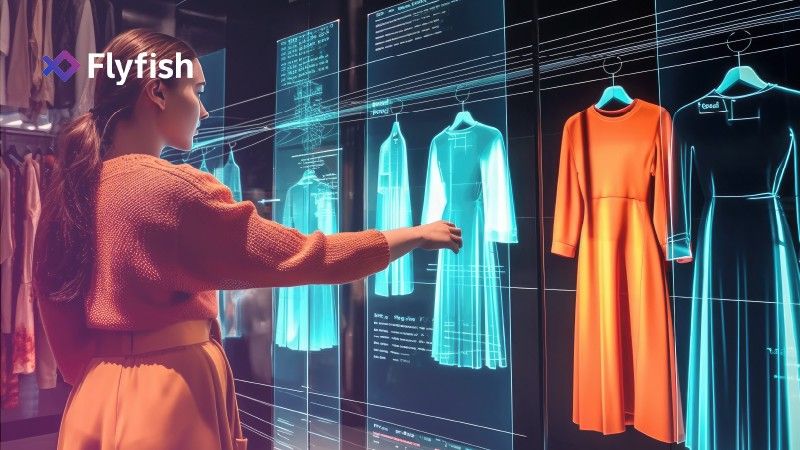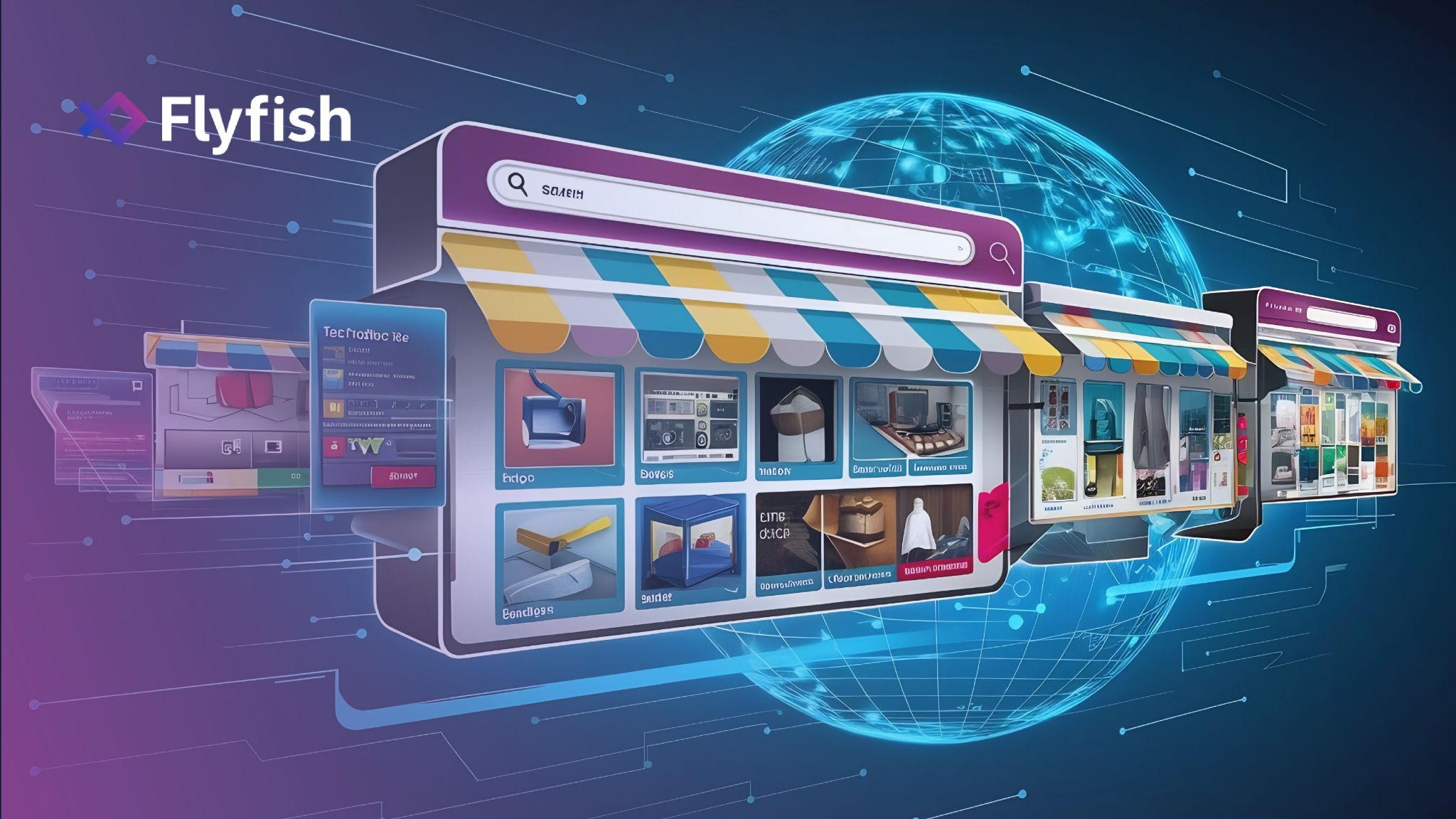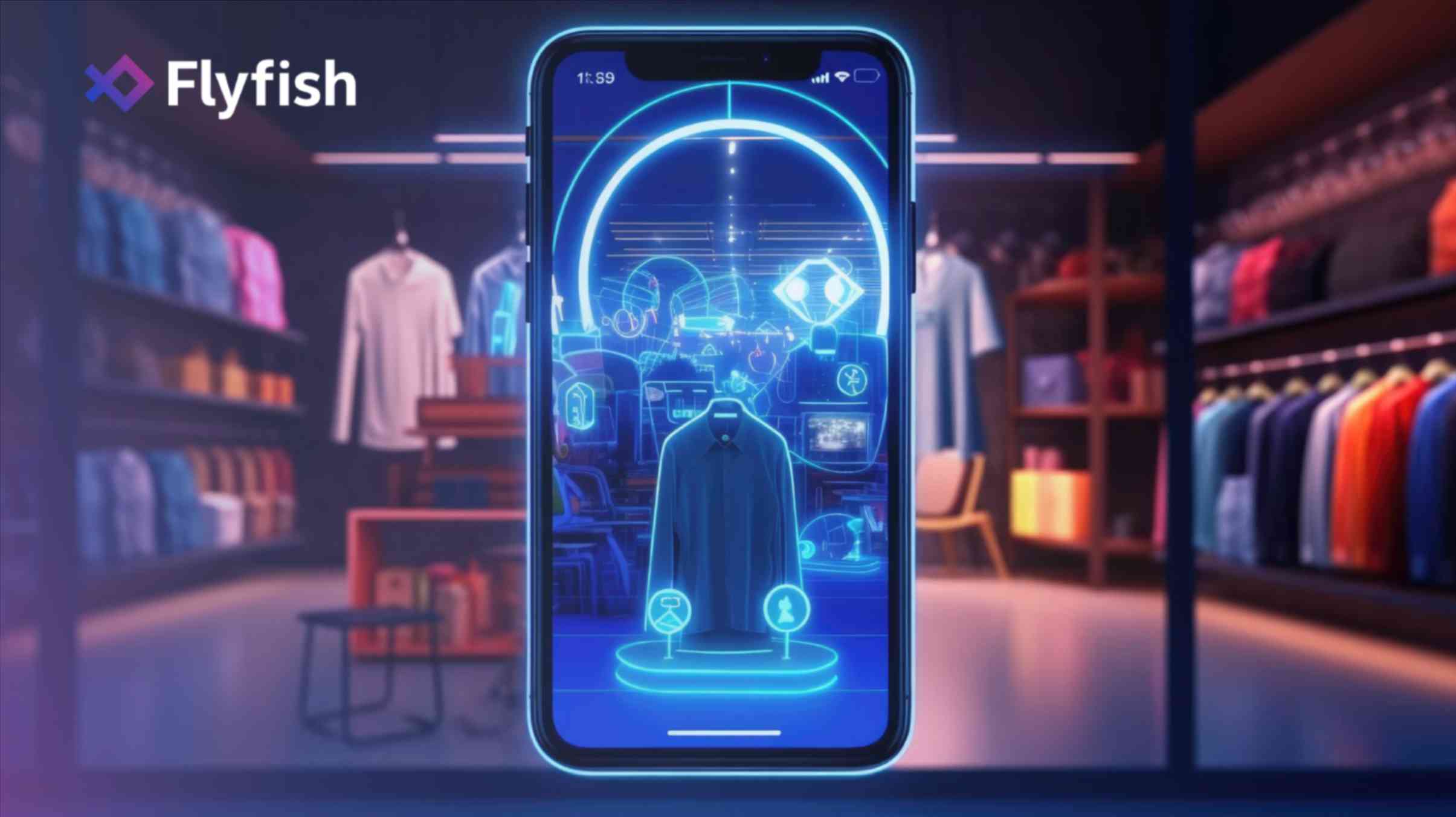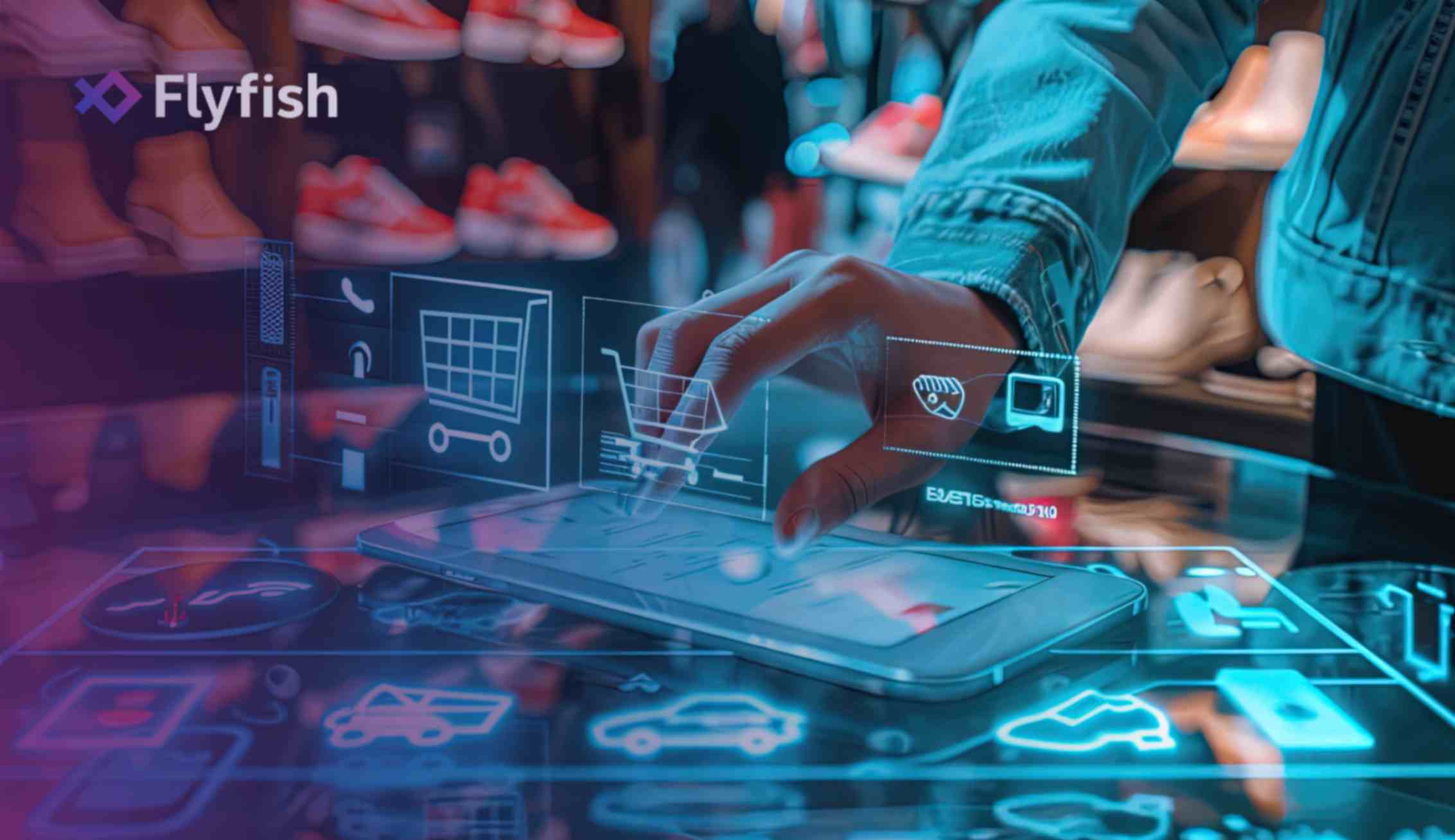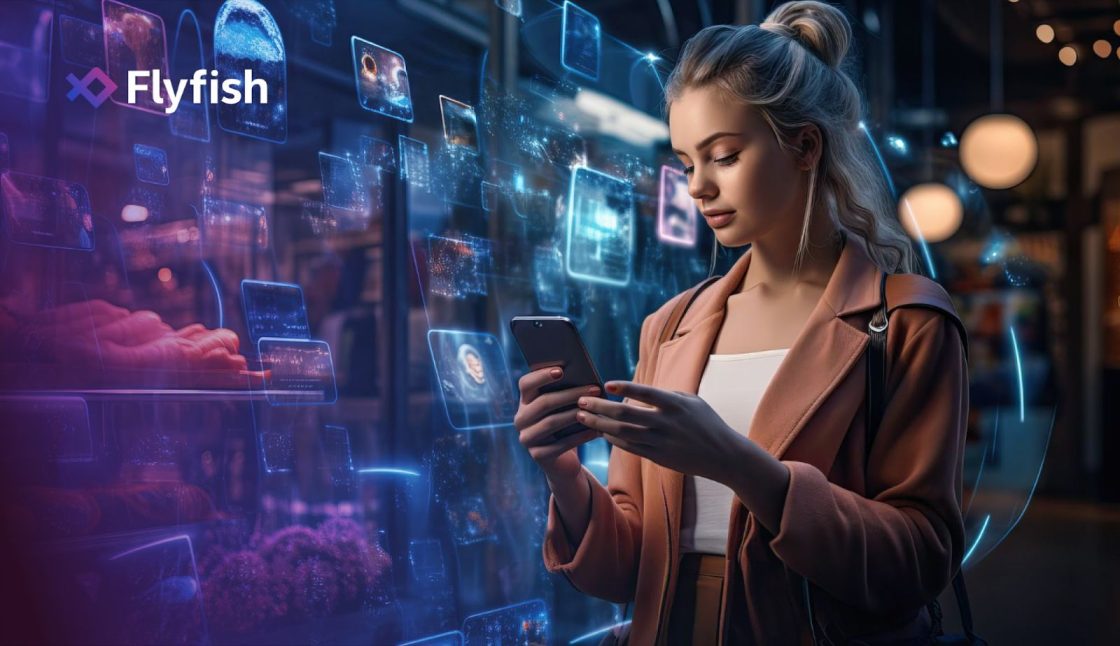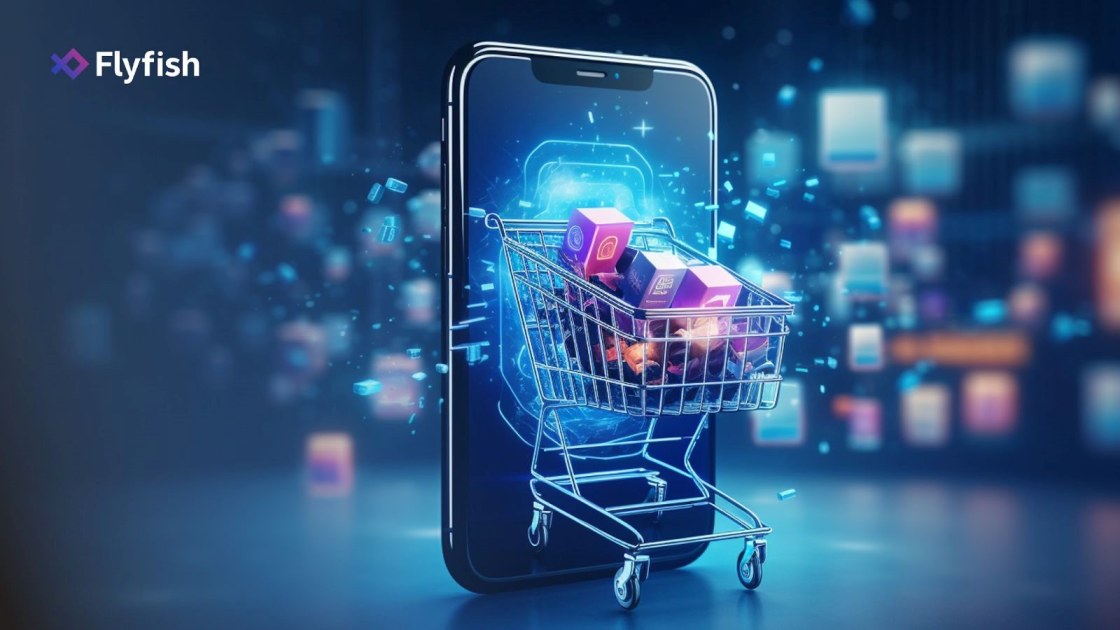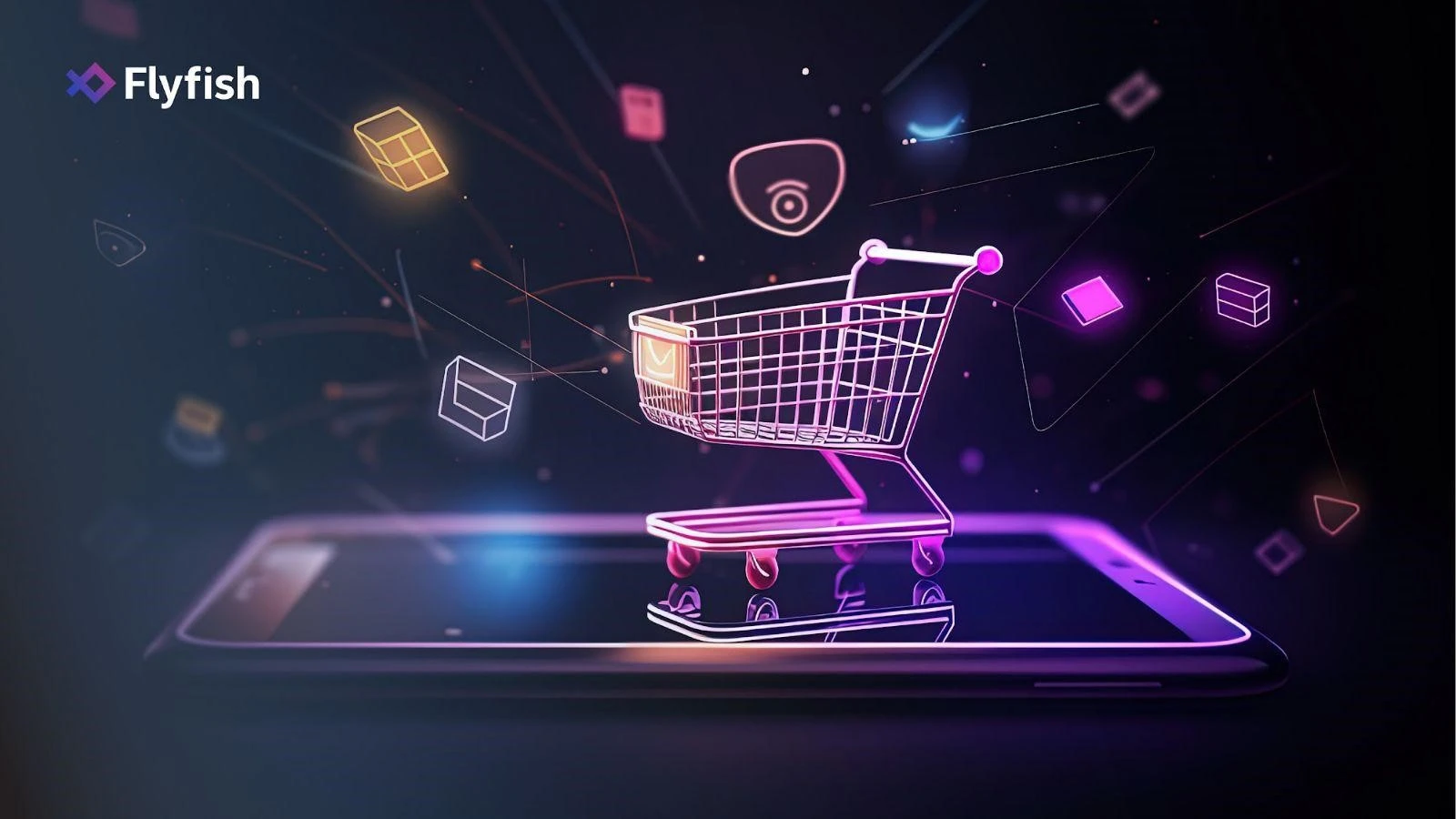In recent years, the e-commerce industry has seen a dramatic shift towards utilizing artificial intelligence (AI) to enhance the customer shopping experience. One of the most exciting developments in this field is the emergence of AI shopping assistants, also known as virtual shopping assistants or chatbots.
In 2022, the AI Shopping assistant market was valued at $516.4 Million, and expected CAGR is 29.6% between 2023 – 2032.
These intelligent tools help customers find products and make purchasing decisions, bridging the gap between online shopping and the personalized experience of brick-and-mortar stores. The rise of AI shopping assistants marks a new era in e-commerce, revolutionizing how we shop online.
The Power and Potential of AI Shopping Assistants

Virtual shopping assistants use AI algorithms to analyze data such as customer browsing history, purchase behavior, and preferences to provide personalized product recommendations and assistance.
- 59% of retailers utilize AI to enhance and personalize the customer experience.
- Efficient Inquiry Handling: These assistants manage large volumes of inquiries, quickly analyzing data to offer accurate responses, reducing human workload and improving response times.
- Reducing Cart Abandonment: By offering personalized recommendations and addressing customer concerns, AI shopping assistants guide customers through the purchasing journey, increasing conversion rates.
Unleashing AI to Elevate Your Shopping Experience
Almost 40% of customers use virtual shopping assistants during their online shopping.
One of the key factors that set AI shopping assistants apart from traditional customer service representatives is their ability to personalize the shopping experience
This personalization leads to a more targeted and relevant shopping experience for customers. Instead of being bombarded with generic product suggestions, customers are presented with items that align with their interests and tastes, making it more likely for them to make a purchase.
Moreover, AI shopping assistants can also adapt their recommendations based on real-time interactions with customers. For example, if a customer expresses interest in a particular product, the assistant can follow up with related products or create a bundle deal to entice them to make a purchase.
These assistants learn and improve over time, constantly refining their recommendations based on customer feedback and behavior. This level of personalization creates a unique and tailored shopping experience for each customer, enhancing their overall satisfaction and increasing the likelihood of repeat purchases.
AI as a Virtual Stylist and Product Expert
While personalized product recommendations are undoubtedly one of the most significant benefits of AI shopping assistants, their capabilities go far beyond that.
These virtual assistants can also act as virtual stylists and product experts, providing fashion advice and answering any questions customers may have about products. E-commerce enterprises heavily use recommendation systems to drive upsells.
For example, a shopper may take a photo of an item they saw in a magazine or on social media and ask the AI shopping assistant to find similar items. The assistant can use image recognition technology to identify the product and provide recommendations for similar items available for purchase.
According to a poll, 62% of millennials want to have visual search incorporated rather than the other new technology.
AI shopping assistants can also assist customers with size and fit recommendations, addressing a common concern in online shopping. By analyzing data such as previous purchases and returns, the assistant can suggest the best size for a particular product based on the customer’s body type and measurements.
These virtual stylists also have the potential to revolutionize the way we search and shop for products.
Almost 35% of online buyers have either used or stated that they would like to use e-commerce picture search capabilities.
Instead of spending hours scrolling through endless pages of products, customers can simply describe what they are looking for, and the AI assistant can use its natural language processing capabilities to understand and provide relevant options.
The Future of AI Shopping Assistants: Trends and Innovations on the Horizon
As AI technology continues to advance, we can expect to see even more innovations and trends in the world of AI shopping assistants. According to Gartner, early adopters in ecommerce, designing their website and app with voice and image-search capabilities will see a revenue boost by 30%
Virtual reality (VR) integration
AI shopping assistants may also be integrated with VR technology, allowing customers to virtually “try on” clothes or test out products before making a purchase. This can enhance the online shopping experience and reduce the likelihood of returns.
More personalized and realistic avatars
Some AI shopping assistants already use avatars to interact with customers. In the future, we can expect to see more advanced and realistic avatars that can respond to customer emotions and preferences, making the interaction even more human-like.
From Online Stores to Physical Boutiques
While AI shopping assistants are commonly associated with online stores, their capabilities extend beyond the digital world. In recent years, we have seen an increase in the use of AI shopping assistants in physical retail settings, such as physical boutiques and department stores.
In these settings, AI shopping assistants can enhance the in-store shopping experience by acting as virtual stylists and product experts. By using technologies like augmented reality, customers can “try on” clothes virtually and receive personalized recommendations for accessories or other items that complement the selected outfit.
Moreover, AI shopping assistants can also assist customers in finding specific products within a store, acting as a virtual guide and reducing the time and effort spent searching for items. This not only leads to a more efficient shopping experience but also allows businesses to gather data on customer preferences and behaviors in a brick-and-mortar setting.
Case Studies: Success Stories of AI Shopping Assistants in Action
To better understand the impact of AI shopping assistants, let’s look at some real-life success stories:
Sephora’s Virtual Artist
Beauty retailer Sephora launched its Virtual Artist in 2016, an AI-powered virtual assistant that allows customers to virtually try on makeup. The assistant uses augmented reality technology to map product colors and textures onto a customer’s face, providing a realistic and personalized experience. Since its launch, the Virtual Artist has seen more than 8 million users and has received overwhelmingly positive feedback from customers.
H&M’s virtual stylist
In 2019, fashion giant H&M partnered with Google Assistant to launch a virtual stylist. Customers could interact with the assistant through their smart devices and receive personalized fashion advice and outfit recommendations based on their style preferences and the occasion they are dressing for. This initiative not only increased customer engagement but also led to a significant increase in sales for H&M.
North Face’s digital personal shopper
Outdoor apparel brand North Face created a digital personal shopper using IBM Watson’s AI technology. Customers can chat with the assistant and receive personalized product recommendations based on their preferences and needs. The assistant can even ask follow-up questions to further refine its recommendations. Since its launch, the digital personal shopper has helped increase both online and in-store sales for North Face.
The Love for Fashion Industry
AI shopping assistants are particularly impactful in the fashion industry due to the industry’s personal and subjective nature, where these assistants can help customers find what they love.
With the rise of fast fashion and online shopping, customers are faced with an overwhelming number of options, making it challenging to find the perfect item. AI shopping assistants can analyze customer data and provide curated recommendations, taking the guesswork out of finding the right product.
Moreover, fashion is also highly visual, making it a perfect fit for AI shopping assistants. Advances in image recognition technology allow for visual searches, enhancing convenience. Additionally, fashion is an industry that is constantly changing and evolving and these assistants adapt to evolving trends, ensuring customers receive up-to-date and relevant choices.
Conclusion
In conclusion, the rise of AI shopping assistants has brought about a new era in e-commerce, one that promises to enhance the customer shopping experience and increase loyalty and satisfaction. These virtual assistants have the power to personalize recommendations, act as virtual stylists and product experts, and assist in reducing cart abandonment rates.
However, businesses must also consider the ethical considerations and privacy concerns surrounding these technologies and ensure that they choose the right AI shopping assistant for their needs. With advancements in AI technology on the horizon, we can expect to see even more exciting developments in the world of AI shopping assistants in the future.
Are you ready to embrace the power of AI shopping assistants for your brand?
We can help. Get in touch..











